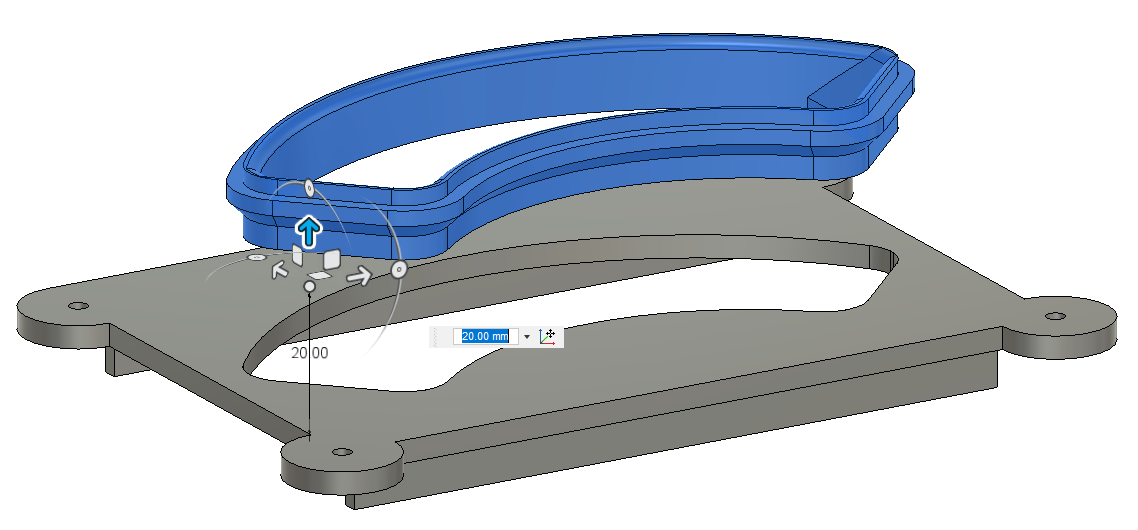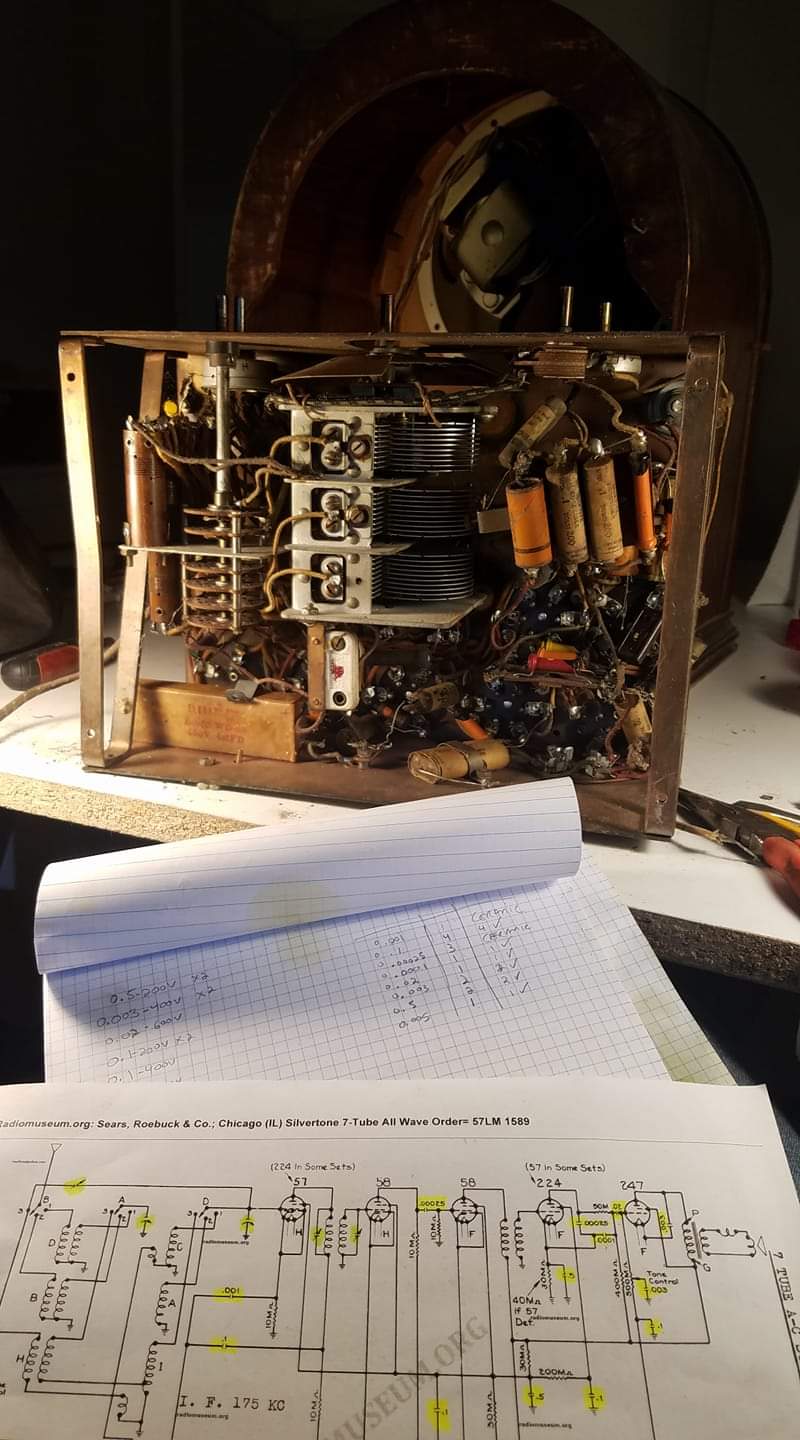I’ve always wanted a cathedral radio, the antique sort that is at the corner of classy and gothic. Last summer I came across one at a flea market, it was in incredibly sorry shape which commanded the meager price I was actually willing to pay to own one. Initially I sought to restore the original inner workings so I secured the original service manual and cracked the books. Ultimately though after a more informed examination of the state of it I realized that the radio components were truly beyond repair and so I gutted it… which was really hard for me; it sat on my workbench for months before I finally worked up the nerve to yank out those magical AM entrails of dangerously high floating AC lines of yesteryear. I know I was putting down a lame animal, but I still felt reverent towards it as if I was destroying something that was ancient and powered by all but forgotten arcane magic soon to be lost to time.
It was important to me to bring it back to life so I decided I would resurrect the carcass, a phoenix of the past to grace the future in the restored body of ‘ole but burning with a new flaming soul of the present. And so, I present, my cathedral radio!

Its most prominent feature is that where once was found the face of the tuner dial now is a TFT color display. Unfortunately my phone makes it look particularly bright, it is not, the background is black and only slightly illuminated. The device is powered by an Arduino microprocessor that, among other things, displays a custom written visualization pattern that goes along with the music. The audio components consist of a dual-voice 8in speaker with twin tweeters powered by a stereo bluetooth amplifier. The signal is coupled from the amplifier to Arduino ADC using a circuit I designed that in principal uses a coupling capacitor to strip the signal to raw AC, opposed zener diodes to clip anything beyond the handling range of the ADC and a voltage divider to shift the signal to rest at 2.5v.
I wanted each of the original knobs to do something and so this is what I arrived at:

At boot up a splash screen appears and then the device displays a faux antique dial that at quick inspection convincingly looks like a stock radio with a back lit AM dial! Once a signal is detected though the screen changes to the visualizer. When the music stops the Arduino detects the silence and tosses the standby dial back up.


There was a lot of sanding to get to the smooth-as-glass mirror finish and it was in such bad shape that before starting I was not even aware of the burly grained wood accent! After looking at a lot of antique speaker cloth we settled (reluctantly) on one and ultimately ended up using it in reverse because we wanted a little pop of color and the blue looks pretty nice in person. The speaker is in a sealed enclosure separate from the electronics with a bit of batting, I tested various port sizes, tube lengths and differing amounts of batting and this configuration sounded the best. The framing to hold the display and couple with the curved and tapered metal bezel was kinda tricky, but ultimately fit and functioned beautifully, inserting with a taper to clamp through the front and then slot into the second part on the backing inside the cabinet:

The visualization code went through a couple versions, originally starting as a real FFT algorithm but eventually ending up as a much more visually gratifying symmetric amplitude graph that curves to match the curvature of the opening.

Here is a video of turning it on:
And here is a video of it playing, the camera on my phone gets washed out, perhaps I will put up a new video with my dslr:
As always, I with I had taken some “before” pictures but this was all I could find:

This was just what I dreamt it would be. I love it (and I love you)
<3
claudia
Very cool. My grandfather had one that sat on the top of his fridge for as long as I can remember. Wish I knew where it went. Obviously his wasn’t Rosolafied. Lol